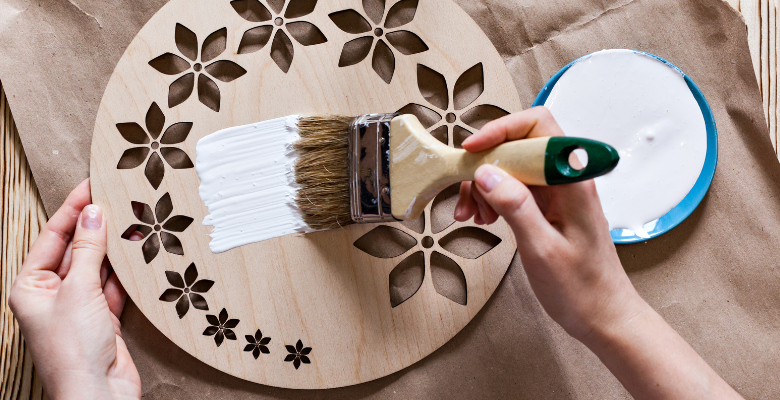10 Steps to Mastering Ambrotypes Reprinting

Introuction
Photography’s timeline brims with milestones, and among them, the ambrotype stands as a delicate artefact of our visual history, capturing an era where each exposure demanded patience and expertise. This archaic process may seem out of place in our fast-paced digital world, yet its allure is as captivating as the day it was born. Ambrotypes, cousins to daguerreotypes, are known for their striking clarity and depth, beloved by collectors and historians for their unique charm and fragility. In this extensive guide, we will take you through the intricate process of ambrotype reprinting in 10 meticulous steps. Whether you’re a photography enthusiast yearning for a new challenge or a seasoned ambrotypist looking to refine your craft, these steps will serve as your compass through the hazy emulsion of ambrotype printing.
1. Understanding Ambrotypes
Begin by acquainting yourself with the ambrotype, a direct-positive photographic process on glass, which enjoyed its zenith of popularity in the 1850s and 1860s. Understanding its historical context and the reason behind its enduring appeal will lay a solid foundation for your reprinting endeavor. Delve into the chemical processes and apparatus used during its heyday, and grasp how it differs from other photographic techniques.
2. Gathering Equipment and Materials
Executing an ambrotype reprint requires specific tools and materials, some of which are exacting in their specifications. Begin assembling your arsenal with items such as a glass cutter, emulsion, and trays for various chemical baths. It’s vital to source the highest quality of these materials to ensure your prints’ fidelity and longevity.
3. Preparing the Workspace
Your workspace serves as the sanctum for your artistic alchemy. Organize it meticulously to minimize clutter, which could lead to inaccuracies and frustration. Safety is a paramount concern. Equipment like gloves, goggles, and a well-ventilated space are non-negotiable for working with the sensitive chemicals involved in the ambrotype process.
4. Preparing the Ambrotype Plate
Taking care of the ambrotype plate before you start the actual printing process is a step often dismissed but crucial. Learn the art of cleaning the plate without damaging the existing image (if it’s a reprint) and how to properly handle it to prevent smudges and breakage that can occur easily with glass.
5. Coating the Plate
The emulsion coat equips the plate to receive a new image. Achieving a uniform and smooth coating is daunting but not impossible with the right technique. We’ll guide you through the necessary steps, from mixing the emulsion to drying the coated plate.
6. Exposing the Image
The heart of ambrotype printing lies in exposure, a moment where fleeting light etches a picture onto the emulsion. Manipulating this step allows for creative control, from the intensity of the image to achieving the desired print tone. Explore methods of exposure that you can employ without the elaborate setups of the past.
7. Developing the Image
The development phase transforms a latent image into a visible one. We’ll break down the chemical processes involved and how temperature and timing are critical for image development. Additionally, we’ll troubleshoot common issues photographers face at this stage.
8. Fixing and Sealing the Image
Fixing an ambrotype is the means by which you render the image permanent and halt further exposure. We’ll cover techniques and chemicals for fixing, followed by sealing, which ensures your print resists the elements, maintaining its sheen for generations.
9. Enhancing the Image
While not strictly authentic to the 19th-century process, modern ambrotypists can employ certain enhancements to their prints. Methods and tools for adjusting contrast, sharpening details, and experimenting with tonality will be outlined, accompanied by insights into careful post-processing that respects the aesthetic of the ambrotype.
10. Displaying and Caring for Ambrotypes
Once you’ve mastered the art of ambrotype reprinting, the final steps explore the presentation and conservation of your work. Discover traditional and contemporary means of display that complement the charm of your ambrotypes, and learn the do’s and don’ts of caring for these delicate glass photographs.
Conclusion
The journey to mastering ambrotypes reprinting is both an art form and an exercise in historical resurrection. This ageless process beautifully intertwines patience, knowledge, and skill. By mastering the 10 steps outlined in this guide, you’re not merely creating photographs—you’re crafting stories, immortalized on glass. The ambrotype, with its enigmatic allure, yet beckons to creatives across epochs to explore its depths. It is a medium, a mindset, a mastery worth pursuing.




